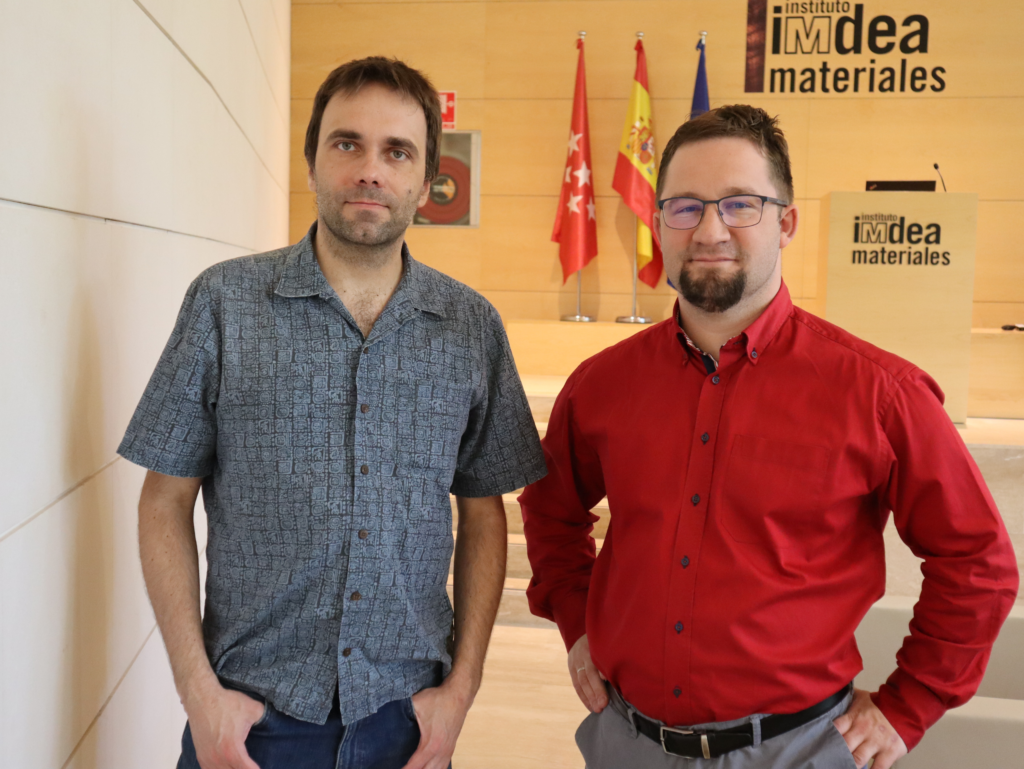IMDEA Materials Institute has hosted the first face-to-face meeting of the European PORMETALOMICS project.
The meeting was attended by representatives from the three project partners: IMDEA Materials (project coordinators), Technion – Israel Institute of Technology and the Institute of Mathematics of the Polish Academy of Sciences (IMPAN).
PORMETALOMICS, (Porous Metal Genomics for Tailoring Mechanical Properties of Lightweight 3D-Printed Architectures), aims to develop a computational model to establish a quantitative understanding of the relationships between the enormous variety of porous structure morphologies and their mechanical properties.
Principal Investigator Dr. Maciej Haranczyk, head of IMDEA Materials’ Computational and Data-Driven Materials Discovery research group, leads the project.
As part of this week’s meeting, IMPAN’s Dr. Paweł Dłotko and Dr. Bartosz Naskręcki presented seminars on the ‘Topological signatures of porosity’ and the ‘Growth functions of periodic space tessellations’.

Porous metal structures combine lightweight with high strength. Their high surface-to-volume ratio, together with their optimisable mechanical properties, makes them promising candidates in various emerging applications.
This include as metallic scaffolds for load-bearing bones, lightweight structures for transport technologies, electrodes for electrochemical energy storage devices and more.
Additionally, 3D printing may be used to create complex porous architectures with desired properties, enabling the creation of tailor-designed structures.
This publication is part of the project PCI2022-132975, funded by MCIN/AEI/10.13039/501100011033 and by the European Union “NextGenerationEU”/PRTR”.
This project has also received funding from the European Union’s Horizon 2020 research and innovation programme under grant agreement No 958174.

